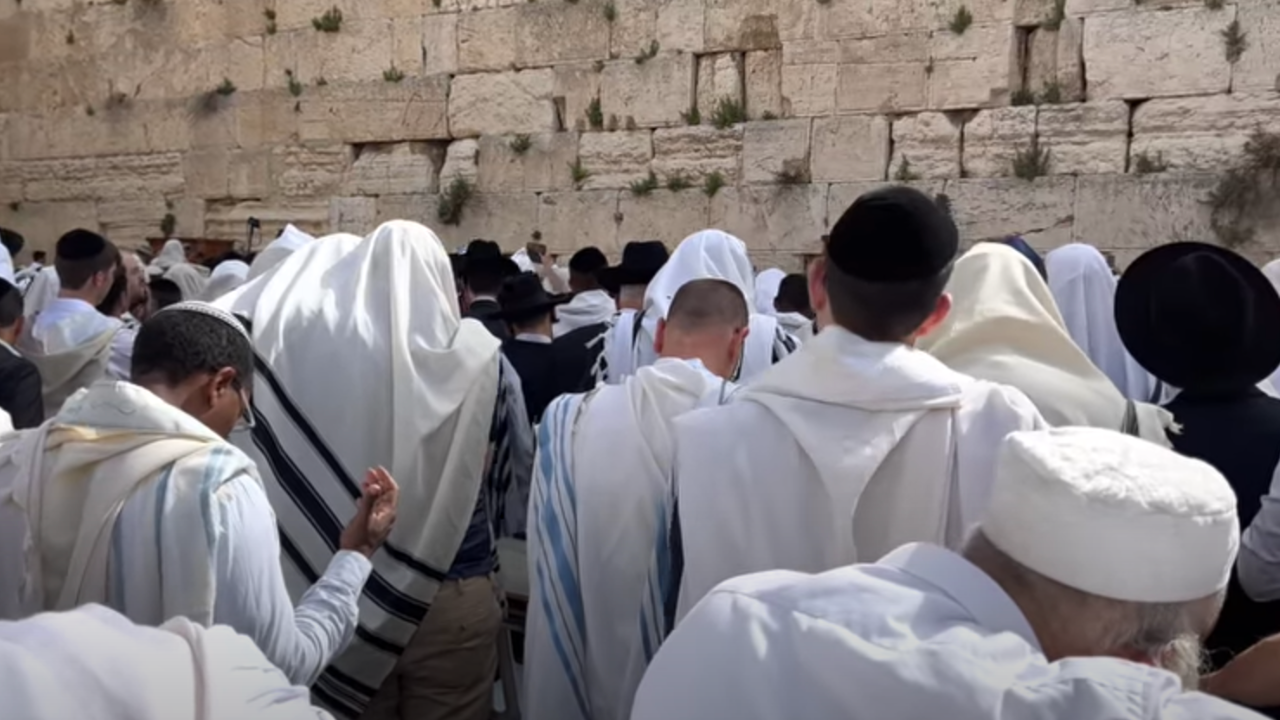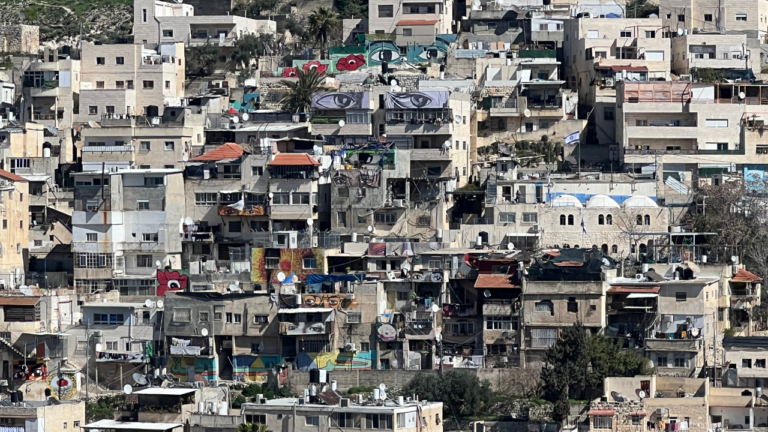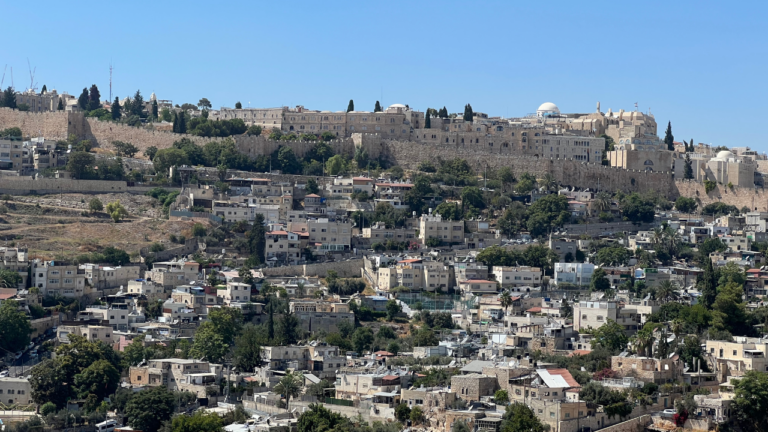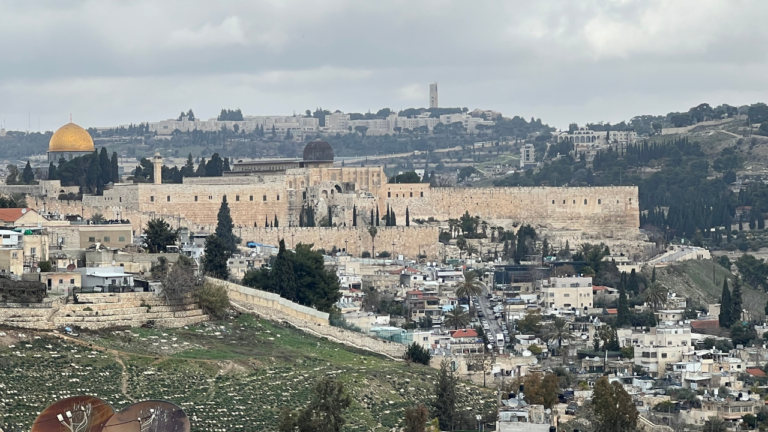The High Priest in Jerusalem
The Kohen Gadol is possibly the most rarefied and sublime figure in the Torah. Bedecked with an extra four articles of clothing to demarcate him as distinct from other kohanim, he stands alone in his halachik uniqueness. He is the only one who can enter the Holy of Holies on Yom Kippur and the only one who is expected to serve in the Beit HaMikdash all year round. He must act in a highly dignified manner, never lowering himself in front of the general populace by engaging in lowly behaviors publicly. He is encouraged to remain in the precinct of the Temple for as long as possible (see Rambam, Klei HaMikdash chapter 5).
In fact, even when he loses a close relative, the Torah demands that he does not follow the deceased to the burial. Rather, he again should stay in the holy Temple and be comforted by the nation there. Even in a state of aveilut, he may offer korbanot in the Beit HaMikdash, symbolizing his ability to partially transcend human suffering (although he still cannot eat from the sacrificial offerings). He may not leave his hair unshorn, constantly cutting his hair every erev Shabbat.
But interestingly, the Kohen Gadol is not fully limited to the confines of the Mikdash. The Rambam explains (ibid 5:7) that the home of the Kohen Gadol can be in Jerusalem. While he should stay in the temple for the duration of the zman ha’avodah (the proper time to bring sacrifices in the temple), he may retire to his Jerusalem-home at night. However, he may not leave the walls of the holy city, ואינו זז משם, he shall not move from there.
The source for this assertion of the Rambam, that the High Priest is limited to the environs of Jerusalem, is shrouded in mystery. Rav Moshe Trani (known as the Mabit), the famed Torah scholar who led the Jewish community of Tzfat alongside Rav Yosef Karo in the 16th century, provides an astounding explanation. He explains that the Kohen Gadol must live in Yerushalayim, כדי שיהא לעולם במקדש כדכתיב ומן המקדש לא יצא, in order that he always remain in the Temple, as it is written “and from the Temple he shall not leave”.
The words of the Mabit are strange. How can a verse describing a prohibition of leaving the Beit HaMikdash reveal this law that the Kohen Gadol must stay in Yerushalayim?
The answer is fairly obvious: Jerusalem is the Mikdash. As we have discussed in the past, the sanctity of Jerusalem is a natural extension of the Beit HaMikdash. It derives its sacredness from the holy temple. While the Kohen Gadol’s rarefied status confines him to areas of utmost holiness such as the temple, he can remain in the entirety of the city of Jerusalem because its essential kedusha is an outgrowth of the Mikdash.
It is not a coincidence that another holy Torah scholar of Tzfat, Rav Shlomo Alkabetz, referred to Jerusalem as the Mikdash Melekh, Sanctified Abode of the King. Like the Mabit explained, the term mikdash can apply to the city of Jerusalem as well. The Kohen Gadol lives a sublime existence and Yerushalayim, the Sanctified Abode, serves as his natural environment.



